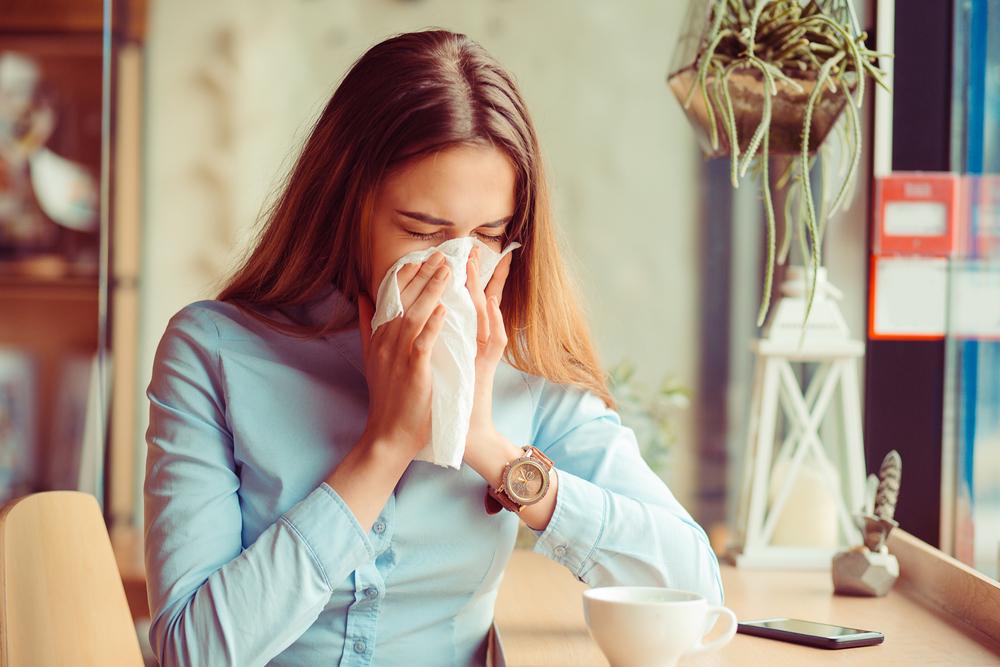Introduction to Allergies
Allergies are a hypersensitive immune reaction to substances that enter or come into contact with your body. Such substances include bee venom, pollen, mold, penicillin, dander, peanuts, dairy, and much more. These “allergens” can be found in foods, drinks, medications, pets, and the environment around us. Whenever your body encounters allergens, it produces substances known as antibodies to chemically fight them off. It is this interaction between the allergen and the antibodies that cause an allergic reaction.
Allergies are very common. They are sure to affect more than one out of four people at some point in their lives. The condition is much more common in children than in adults.

Some allergies will go away once a child gets older, although most are thought to be lifelong.
Why Allergies Happen
One may blame triggers such as pollen, bee sting, or your cat for the symptoms; but as mentioned earlier, your immune system is ultimately responsible for the reactions. It mistakes innocent substances in your surroundings for serious threats and attacks them as a defence mechanism. The result – allergies.
The odds of developing an allergic reaction depends on your genes. A tendency towards having allergies is inherited. Studies show that children with a parent with an allergic reaction have a 33 percent chance of developing the same allergies. If one has two parents with allergies, there is even a greater chance, around 70 percent, of developing similar allergies.

